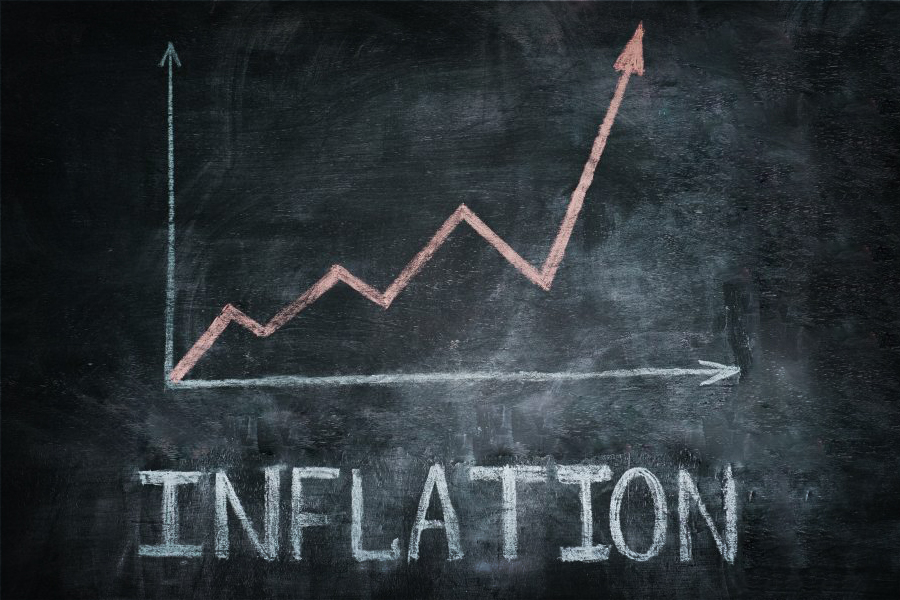
Inflation is a fundamental economic concept that refers to the sustained increase in the general level of prices for goods and services in an economy over time. It is a crucial indicator for assessing the health and stability of an economy.
The relationship between inflation and the unemployment rate is known as the Phillips Curve. It explains that economic policymakers may choose to implement expansionary policies to reduce unemployment, which can lead to an increase in inflation. This happens because workers, unaffected by "money illusion" (discussed later), realize that their real wages have decreased due to inflation.
Consequently, by demanding higher nominal wages, they bring about an overall increase in wages. However, this wage increase may result in a decrease in labor demand by businesses, leading to a reduction in employment and consequently an increase in unemployment.
Any attempt to reduce unemployment below the "natural rate of unemployment" is temporary and will eventually lead to an increase in inflation. In addition to its impact on employment, inflation also has other effects. It raises "money-holding costs" and "price-adjustment costs." The former refers to the additional effort required to withdraw money from interest-bearing accounts due to the erosion of purchasing power caused by inflation. The latter refers to the costs incurred by businesses in adjusting their prices more frequently to keep up with inflation.
Inflation introduces uncertainty into saving and investment decisions. Uncertainty about the future purchasing power of money makes it difficult to accurately estimate future revenues. This uncertainty can hinder economic growth and stability.
Inflation is a complex economic phenomenon with far-reaching effects. It is influenced by various factors, including the trade-off between inflation and unemployment. Understanding the causes and consequences of inflation is crucial for both economic policymakers and individuals to make choices with the goal of mitigating negative impacts on the economy.
In economics, people tend to underestimate the impact of inflation on their real wages. In fact, they only notice the loss of purchasing power when prices of goods and services have increased. Unlike gold, money does not have intrinsic value; its value derives solely from government decree.
Monetary illusion occurs when people do not take inflation into account when assessing their purchasing power. For example, if a worker receives a nominal salary increase of 5%, but inflation is 3%, their real wage increases by only 2%. However, due to monetary illusion, they might mistakenly perceive a 5% increase in their purchasing power.
Therefore, this phenomenon inevitably influences people's financial decisions. They may be induced to spend more or save less due to the mistaken perception of their purchasing power. This can have implications for the economy as a whole, as individuals' spending and saving decisions influence aggregate demand and economic activity.